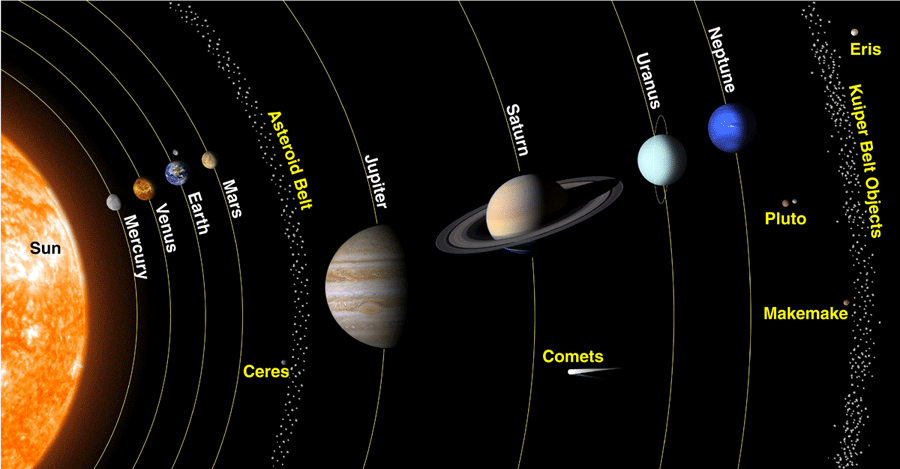
The quest to discover life outside of Earth has spanned decades and a multitude of galaxies. However, while breakthroughs like the discovery of liquid water on Mars and “Earth-like” exoplanets have raised hopes about the existence of alien life, the distance has made it hard to prove. Now, scientists believe the extraterrestrial life we have been seeking for so long may be on the planet closest to us — Venus.
Named for the ancient Roman goddess of love and beauty, the second planet from the sun is similar in structure and size to Earth, complete with mountains, valleys, and tens of thousands of volcanoes. However, thanks to its thick atmosphere, which traps the sun’s heat, Venus’s surface temperature averages a sizzling 864 degrees Fahrenheit — hot enough to melt lead.
While this renders the planet uninhabitable, American and Soviet probes sent to observe Venus between 1962 and 1978 discovered that the temperature and pressure conditions in some portions of its dense atmosphere could be favorable to life. In 1967, renowned American bioscientist Harold Morowitz and astronomer Carl Sagan noted that the abundance of carbon dioxide and sunlight — the key ingredients for photosynthesis — in the clouds made it plausible that alien life could exist.

Recently, a team, led by University of Wisconsin-Madison scientist Sanjay Limaye, expanded upon this idea by taking a closer look at the mysterious, shape-changing dark patches in Venus’s atmosphere that have confounded scientists for decades. The researchers, who published their findings in the journal Astrobiology on March 30, say the particles making up the patches have the same dimensions as single-celled light-emitting bacteria on Earth.
“On Earth, we know that life can thrive in very harsh environments, and can feed on carbon dioxide and produce sulphuric acid,” said Rakesh Mogul, professor of biological chemistry at California State Polytechnic University, Pomona, who co-authored the study. The scientist says since Venus’s acidic atmosphere also comprises largely of carbon dioxide and water droplets which contain sulfuric acid, there is a strong possibility of some kind of life form in the clouds. However, Mogul concedes, “To really know, we need to go there and sample the clouds.”

While NASA has its hands full with the 2030 mission to Mars, Russia’s Venera-D space mission, slated for the late 2020s, may allow the researchers to get up close and personal with our nearest planetary neighbor. "Hopefully, Venus could be an exciting new chapter in astrobiology exploration,” Limaye said.
However, before you get your hopes up, the scientists do not expect to find aliens like the ones depicted in science fiction movies. Instead, they believe the life forms will be something similar to the algal blooms found in our oceans and lakes.
Resources: popularmechanics.com, space.com, phys.org
